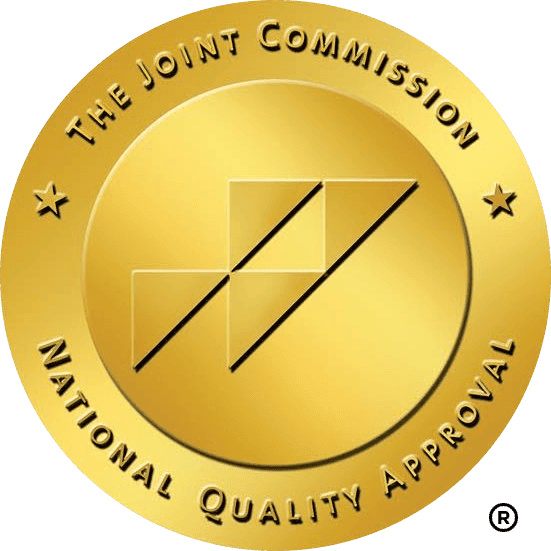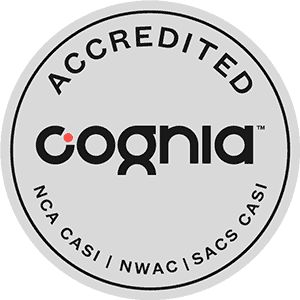As the name implies, panic attacks involve sudden surges of terror, and they can happen under fairly mundane circumstances. You don’t need to be on a rollercoaster or in a physically threatening situation to experience a panic attack. You could be lying in bed, riding a bus, or sitting at a desk. Fortunately, you can learn to manage your anxiety with the following strategies.
Know the Signs
The first step is to simply recognize a panic attack as it occurs. A sudden sense of fear or impending doom is the hallmark of a panic attack. Physical symptoms include an increased heart rate, shortness of breath, chest pain or tightness, sweating, trembling, and sometimes even nausea.
Once you notice the symptoms, acknowledge the situation. Repeat to yourself, “I’m having a panic attack, and it will pass.” A panic attack will only last from five to 20 minutes, and then everything will be back to normal.
Manage Your Breathing

During a panic attack, your breathing will become quick and shallow. This can lead to hyperventilation, a state in which you’re taking in too much oxygen and releasing carbon dioxide too fast. However, exercising control over your breathing can ease your symptoms.
Take a slow, deep inhale through your nose. And then make a slow, deep exhale through your nose. Aim to make your exhales longer than your inhales. For instance, a four-second inhale followed by a six-second exhale is a potentially useful pattern. Continue doing this for several minutes or until your panic subsides.
Other breathing techniques, including belly breathing and alternate nostril breathing, may also be effective. If you have the presence of mind and a little privacy, you can try a brief yoga routine to tame your panic attack.
Center Yourself in the Present
Panic attacks can give you a sense of detachment from the world around you. Rely on your senses to focus on the present. Concentrate on the feel of a nearby object, such as a desk or your own pants. Or set your sights on a specific object. Focus on the object’s color, texture, movement, or shape.
In some cases, too much visual stimulation can worsen a panic attack. If that’s the case, close your eyes and rely on your other senses or your breathing exercise.
Use Medication
Some individuals may need to turn to pharmaceutical solutions for their panic attacks. Prescription drugs like Alprazolam (Xanax) are FDA approved to treat panic attacks and other anxiety disorders. Because some medication may be addictive and come with side effects, only use them when other methods seem to fail.
General Lifestyle Tips
If you have a history of panic attacks, manage general stress by exercising regularly. Keep in mind that a quick workout may not help during a panic attack — especially if you’re on the verge of hyperventilating — but a short, walk may help ground you.
Be cautious with substances that may trigger anxiety and panic attacks. Limit your intake of caffeine, nicotine, and alcohol. Coffee, cigarettes, and alcoholic drinks may feel good in the moment, but they can lead to increased stress later.
Panic attacks can be a sign of a broader anxiety disorder. For more tips on handling anxiety and other mental health issues, reach out to Turning Winds.









